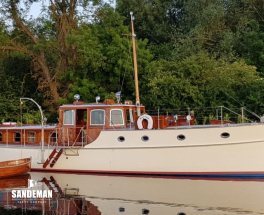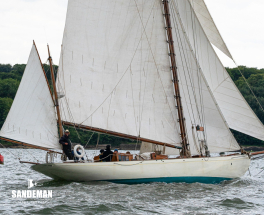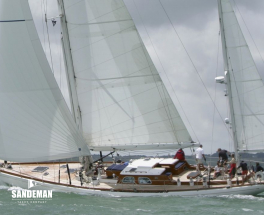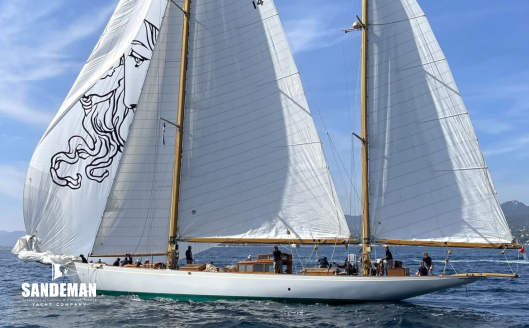We are very fortunate in offering some of the most beautiful classic yachts for sale in the world and we consider it both our pleasure and our duty to guide you carefully towards ownership of the yacht that is right for you.
Of course there are choices to make, but whether you’re charmed by the artistry of William Fife, the balance of Olin Stephens, or the sure-footedness of a Buchanan or Holman and more contemporary yachts, we would want the love affair - which may start here - to be enduring
Check out our classic yachts for sale to find your perfect vessel.








